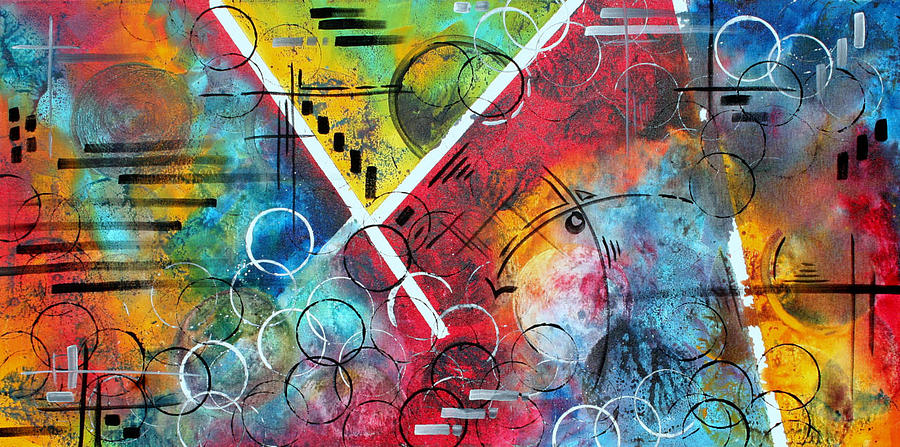Abstract painting is a form of art that does not aim to represent any specific object or scene. Instead, abstract artists use color, shape, and texture to create compositions that are open to interpretation by the viewer. The beauty of abstract painting lies in the freedom it gives to the artist and the viewer, allowing for a range of emotions and reactions to be evoked.
From the early 20th century, artists began to move away from traditional forms of representation, leading to the emergence of abstract art. Abstract artists such as Wassily Kandinsky, Kazimir Malevich, and Piet Mondrian were at the forefront of this movement, exploring the possibilities of non-representational art.
The process of creating an abstract painting is different from traditional representational painting. Abstract artists often work intuitively, without a set plan or goal in mind. They may begin with a general idea or emotion and then allow the painting to evolve organically as they work. This process allows the artist to explore different techniques and experiment with color and form.
One of the benefits of abstract art is that it can evoke a range of emotions and reactions from the viewer. Because there is no specific subject matter, viewers are free to interpret the artwork based on their own experiences and emotions. Some abstract paintings may evoke feelings of calmness or tranquility, while others may elicit a sense of chaos or excitement.
The use of color is an important aspect of abstract painting. Colors can evoke different emotions and moods, and the combination of colors can create a sense of balance or tension within the painting. Some artists may use a limited color palette, while others may use a range of colors to create a vibrant and dynamic composition.
Texture is another important element of abstract painting. Artists may use different techniques to create texture within the painting, such as layering paint or adding different materials to the canvas. Texture can add depth and dimension to the painting, and can create a tactile quality that draws the viewer in.
One of the challenges of abstract painting is knowing when the painting is complete. Because there is no set subject matter, the artist must rely on their intuition and artistic sensibility to determine when the painting is finished. Some artists may work on a painting for months or even years, constantly revising and refining the composition until they are satisfied.
Abstract art can be found in a range of mediums, including painting, sculpture, and mixed media. Many contemporary artists continue to explore the possibilities of abstract art, pushing the boundaries of what is possible in terms of color, form, and texture.
One of the benefits of abstract art is its versatility. Abstract paintings can be used in a range of settings, from homes to offices to galleries. Because abstract art does not represent a specific subject matter, it can be used to create a mood or atmosphere within a space, or to add visual interest to a room.
If you are interested in creating your own abstract painting, there are a few things to keep in mind. First, it’s important to experiment with different techniques and materials to find what works best for you. You may find that you prefer working with a limited color palette, or that you enjoy layering different materials on the canvas.
Another important aspect of creating abstract art is to trust your instincts. Because there is no set subject matter, it can be tempting to second-guess yourself or to try to create something that looks like a recognizable object or scene. However, the beauty of abstract art lies in its freedom and openness, so it’s important to allow yourself to explore and experiment without self-judgment.




